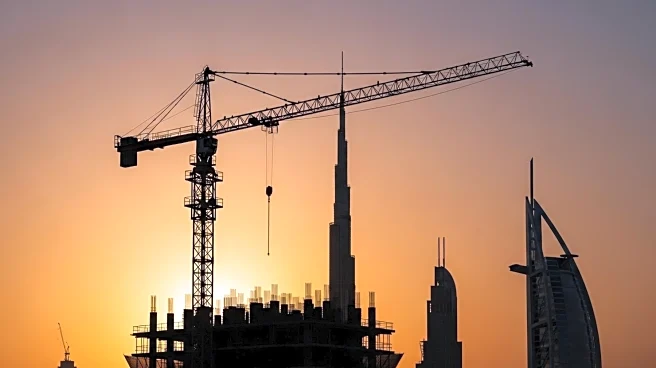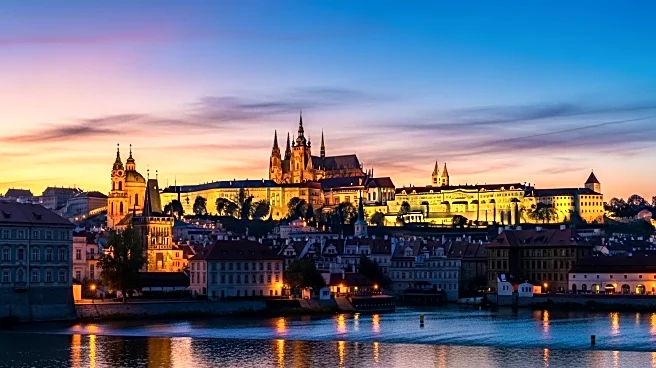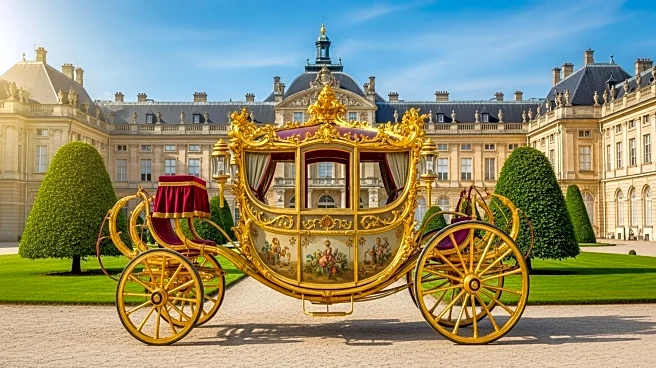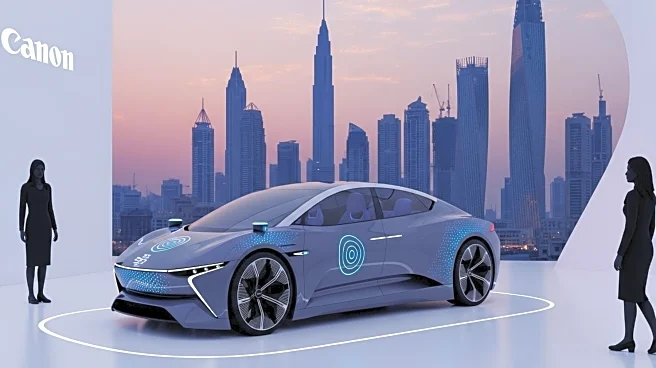The Burj Khalifa has had a profound influence on architecture and urban development worldwide. As the tallest building in the world, it has set new standards for skyscraper design and inspired similar projects across the globe.
Intellectual and Cultural Influence
The Burj Khalifa's design and construction have influenced architectural practices, encouraging the use of advanced materials and techniques. Its cultural impact is evident in its status as a symbol of Dubai's modernization and ambition.
Policy or Industry Effects
The construction of the Burj Khalifa has affected industry standards, promoting the use of sustainable materials and energy-efficient technologies. It has also influenced urban planning policies, encouraging the development of mixed-use buildings.
Global vs. U.S. Reach
While the Burj Khalifa's influence is global, its impact on U.S. architecture is significant. It serves as a benchmark for skyscraper design, offering insights into the challenges and innovations involved in constructing tall buildings.
Critiques and Debates
The Burj Khalifa has sparked debates about the environmental impact of skyscrapers and the sustainability of such large-scale projects. Critics have raised concerns about energy consumption and resource use.
 Discover Daily • 7 min read
Discover Daily • 7 min read 










